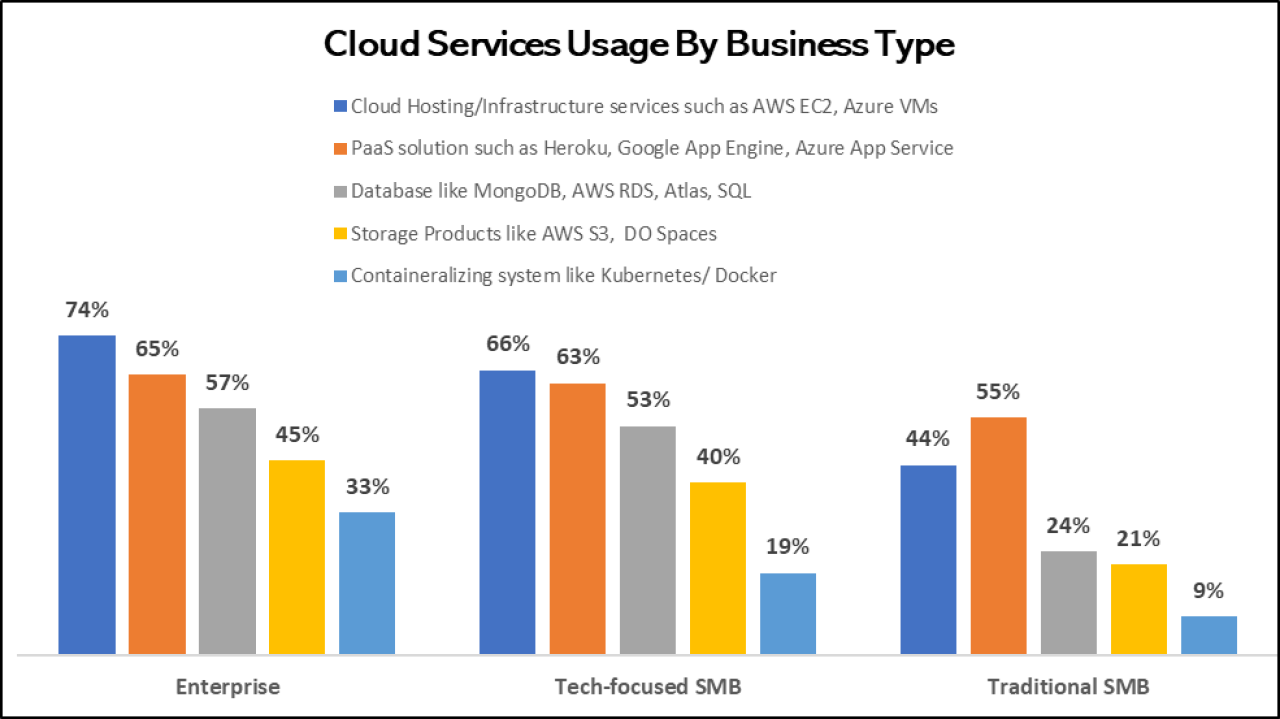Universal Cloud Service: Versatile and Scalable Solutions for each Industry
Universal Cloud Service: Versatile and Scalable Solutions for each Industry
Blog Article
Achieve Seamless Scalability With Cloud Services
In the ever-evolving landscape of cloud services, accomplishing smooth scalability stands as a keystone for contemporary companies looking for to remain affordable and adaptable. The capability to effortlessly expand or acquire sources in reaction to transforming needs is a critical advantage in today's hectic electronic setting. By understanding the art of scalable cloud remedies, companies can not just maximize performance and enhance operations however additionally lead the method for future development and technology. The quest for seamless scalability with cloud solutions introduces a world of possibilities for those happy to accept the transformative power of vibrant resource management.
Benefits of Cloud Scalability
Cloud scalability offers companies the adaptability to dynamically readjust sources based on need, ensuring optimal performance and expense effectiveness. In addition, cloud scalability advertises technology and testing by allowing businesses to easily check brand-new ideas and range them as needed. Ultimately, the benefits of cloud scalability extend beyond price savings to encompass improved performance, dexterity, and development.
Trick Features for Scaling
Efficient scaling in cloud solutions relies upon essential attributes that make it possible for organizations to readjust resources dynamically based on demand. One crucial attribute for scaling is elasticity, allowing sources to scale up or down in feedback to varying workloads. This makes certain that organizations can meet performance demands without over-provisioning resources. An additional vital feature is scalability, making it possible for systems to deal with increased workload by adding resources perfectly. This function is critical for accommodating growth without jeopardizing performance. Additionally, automation plays a crucial role in scaling by automating the provisioning and de-provisioning of resources based on predefined plans. Automation decreases human treatment, enhances efficiency, and guarantees fast response to transforming needs. Surveillance and analytics tools are additionally crucial for scaling, offering insights right into source application, performance metrics, and possible traffic jams. These devices allow companies to make educated choices and maximize resource allowance for reliable scaling. In general, these key functions jointly encourage companies to attain seamless scalability in cloud services.
Executing Auto-Scaling Strategies
To efficiently enhance source appropriation and adjust to varying workloads, organizations should purposefully execute auto-scaling methods in their cloud services facilities. Auto-scaling permits systems to immediately readjust the number of compute resources based on real-time need. There are numerous auto-scaling techniques that companies can utilize, such as predictive scaling, which utilizes historical information to forecast future resource requirements, and responsive scaling, which responds to present workload changes.

Best Practices for Scalability
For organizations intending to boost their scalability in cloud solutions, carrying out ideal methods is vital for optimum efficiency and source monitoring. One key finest technique is designing applications with a microservices style. This method breaks down applications right into smaller, independent solutions that can be deployed, upgraded, and scaled individually, enabling for greater flexibility and scalability.
One more important navigate to this website practice is making use of containerization technology, such as Docker or Kubernetes. Containers make it possible for the product packaging of applications and their dependences right into isolated units, making it simpler to scale components individually and deploy them consistently read review across different settings.
Furthermore, applying automated deployment and framework as code (IaC) can streamline scalability efforts (linkdaddy cloud services). Automation tools like Terraform or Ansible help in provisioning and managing resources efficiently, minimizing manual mistakes and making it possible for quick scalability
In addition, checking efficiency metrics, establishing notifies, and performing regular capacity preparation are crucial practices to ensure aggressive scalability administration. By sticking to these ideal practices, organizations can attain seamless scalability in their cloud solutions while enhancing efficiency and resource application.
Tracking Efficiency Metrics
When assessing the effectiveness of cloud solutions scalability, carefully monitoring performance metrics is imperative for ensuring optimum functionality and resource allowance. By constantly tracking crucial performance indicators (KPIs) such as feedback times, throughput, resource, and latency utilization, companies can gain useful understandings into the health and wellness and efficiency of their cloud facilities. Keeping an eye on performance metrics permits the early detection of potential bottlenecks or problems that could influence scalability, making it possible for positive measures to be required to resolve them before they rise.

Conclusion
In conclusion, attaining smooth scalability with cloud solutions is essential for organizations to maximize performance, enhance innovation, and maintain high performance levels during peak times. By leveraging the benefits of cloud scalability, implementing auto-scaling techniques, utilizing crucial features such as elasticity and automation, and complying with ideal techniques like application layout and performance monitoring, companies can efficiently scale their systems while taking full advantage of source application and efficiency.
The mission for seamless scalability with cloud solutions introduces a globe of opportunities for those eager to accept the transformative power of vibrant resource administration.
Cloud scalability uses organizations the flexibility to dynamically change sources based on demand, making sure optimal performance and cost performance. One more key function is scalability, enabling systems to manage raised workload by adding resources flawlessly.For companies aiming to enhance their scalability in cloud solutions, carrying out best practices is important for optimum performance and resource management.When evaluating the efficiency of cloud services scalability, very closely keeping an eye on performance metrics is important for ensuring optimal functionality and source appropriation.
Report this page